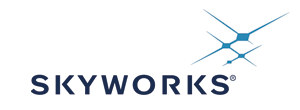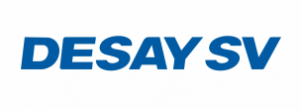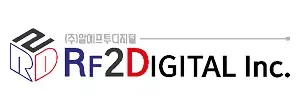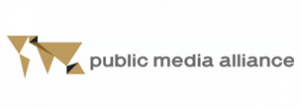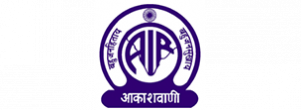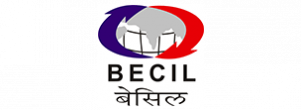As the only open, truly global, all frequency bands digital audio broadcasting standard, DRM has been tested, rolled out and adopted on all continents with their different levels of economic and social development.
There is a tendency for technological developments to focus primarily on the developed world and cities. We discuss 5G technologies and internet-of-things while 80% of the world’s population remains without even basic analogue FM-quality radio coverage and only 65% of the population is presumed to have an internet connection (Internet World Statistics -2021).
In large parts of Africa, Asia and South America, infrastructure for electricity is unreliable. Therefore, one of DRM’s key aims is to provide better quality radio service to the poorest and most vulnerable people, building from the bottom up, rather than the top down.
As DRM is working at local, regional and national level, DRM is used in country as a domestic standard, with the biggest success and take-up in Asia Pacific region. Key DRM countries are in this respect India (where about 800 million people are covered by an AM simulcast or pure DRM transmission of the public broadcaster AIR), Indonesia, China, but also South Africa. The decision taken by the South African government (in July 2020) to recommend DRM (and DAB+) standards for the radio digitisation has been followed in 2021 by progress to create a licensing framework for the whole digital radio ecosystem. South Africa will be the catalyst for the whole Southern Africa region, whose 15 SADC (Southern Africa Development Community) countries have also recommended the same dual digital solution. In Latin America there were recent and successful tests in DRM SW for domestic coverage. We hope that Brazil will adopt DRM in SW and be also a catalyst on their continent, in the same way in which India is for south-east Asia, where neighbouring countries like Nepal, Bangladesh and Pakistan are considering DRM for their digital transition.
DRM is the only digital radio system delivering in the SW band for very large, even continental coverage; there are DRM transmissions on air from broadcasters in Europe (UK, Romania, Germany and France), Africa (Nigeria), Middle East (Kuwait) etc. View here
Using the current analog channelization (in both AM and FM), upgrading existing infrastructure and delivering three times more programmes and data using the same spectrum or less (only half in the case of DRM on FM) is what has attracted large countries that cannot afford very local solutions, to be later multiplied at great cost over large areas. DRM is also flexible delivering audio and data services at low bitrates, while being able to calibrate the balance between coverage and audio and satisfy the need for extensive coverage and good audio without compromises. DRM is the only digital audio sound broadcasting system using the advanced, super-efficient xHE-AAC audio codec, aligning it thus with the cell phone industry and use.
The reason for the DRM successes so far has been the excellent, advanced technical DNA of the standard, its indisputable benefits, its ability to share the same audio superiority, spectrum efficiency and extra services (emergency warning functionality, data delivery) in all the bands at significantly reduced transmission costs.
The DRM standard is advanced and stable. We feel now is the time to evaluate and focus on some its extra features. At the technical level this is about broadcasting (DRM in FM) over a dozen individual audio and data channels form one single transmitter. These can be owned and be administered by one broadcaster or several independent ones sharing energy and operating costs, already significantly much reduced in DRM (when compared with analog).
We are also trying to support and promote using DRM or DRM-like digital broadcasting for pure data carriage. Imagine being able to broadcast software updates to advertising screens to all the bus-stops in an entire country from only a single shortwave or mediumwave transmitter. No infrastructure is required, other than an electrical supply to power a screen and the radio receiver.
The link to the IP world is something we cannot ignore, and we are part of the hybrid landscape, no matter location or device.
The availability of internet content to people without internet is still a mystery to many. For now, and the future, we would like to demystify it and prove how full countries and continents can have access to the latest information, education, emergency warnings even without internet connections.
Distance learning through DRM is a most exciting project that we are working hard on and for which we have already grouped interested parties. The work group is ready to welcome other interested entities.
We are also encouraged to see that broadcasters, regulators and governments are also exploring the digital audio broadcasting options. They understand that a digital standard is just a platform and that using different platforms for different needs can be done under the more sensible banner of digital radio rather than that of a single technology.


